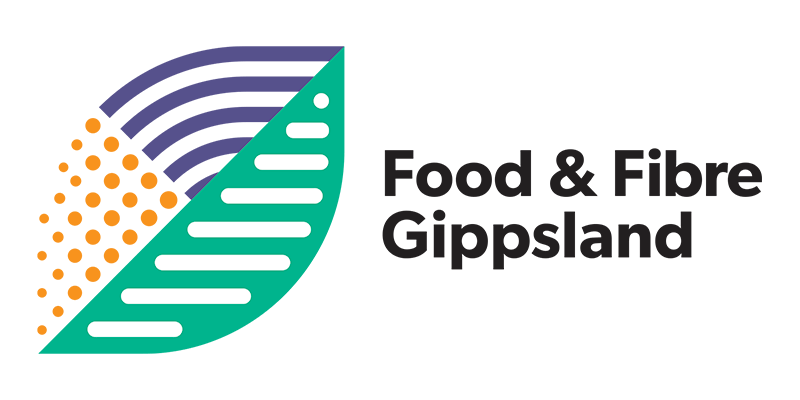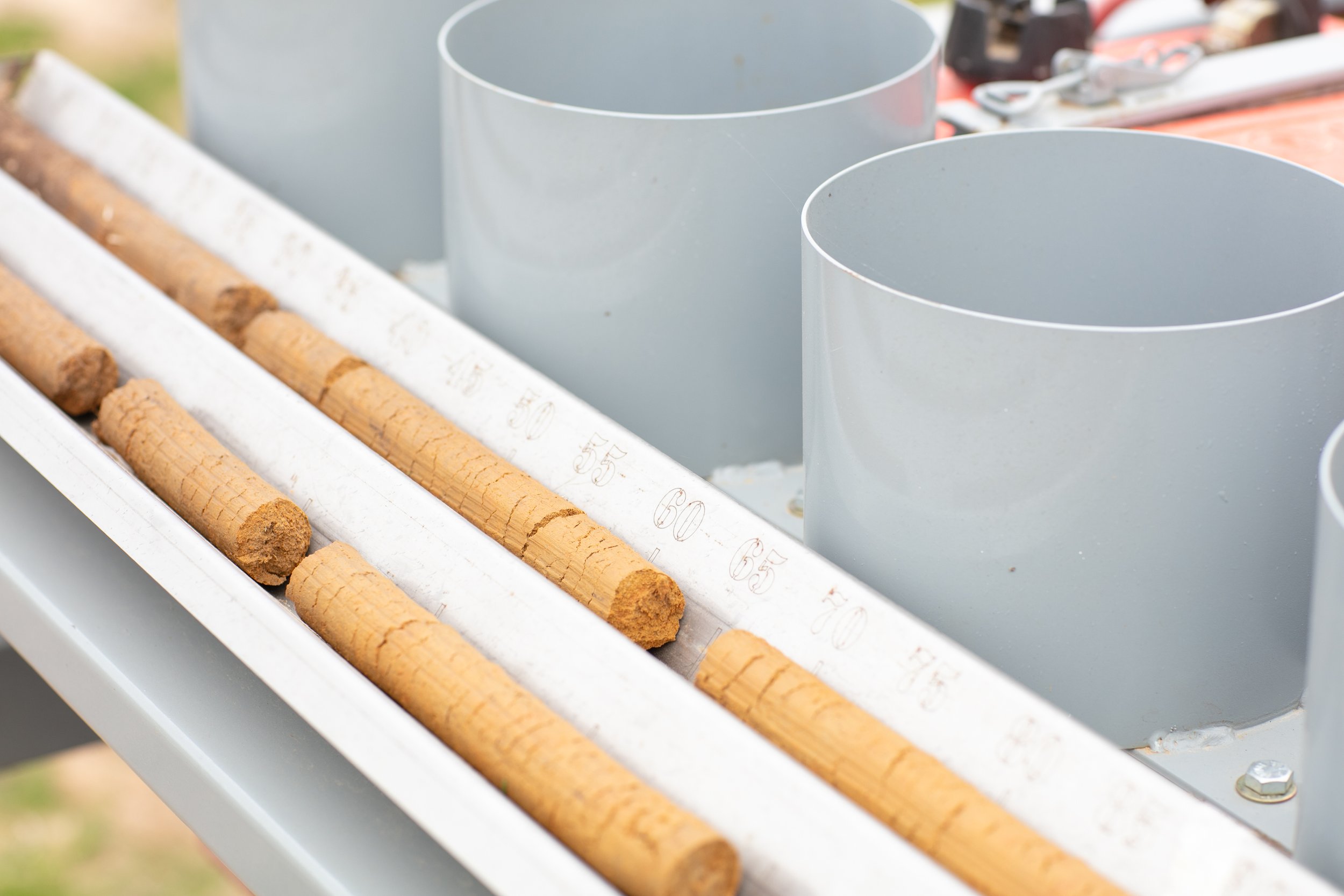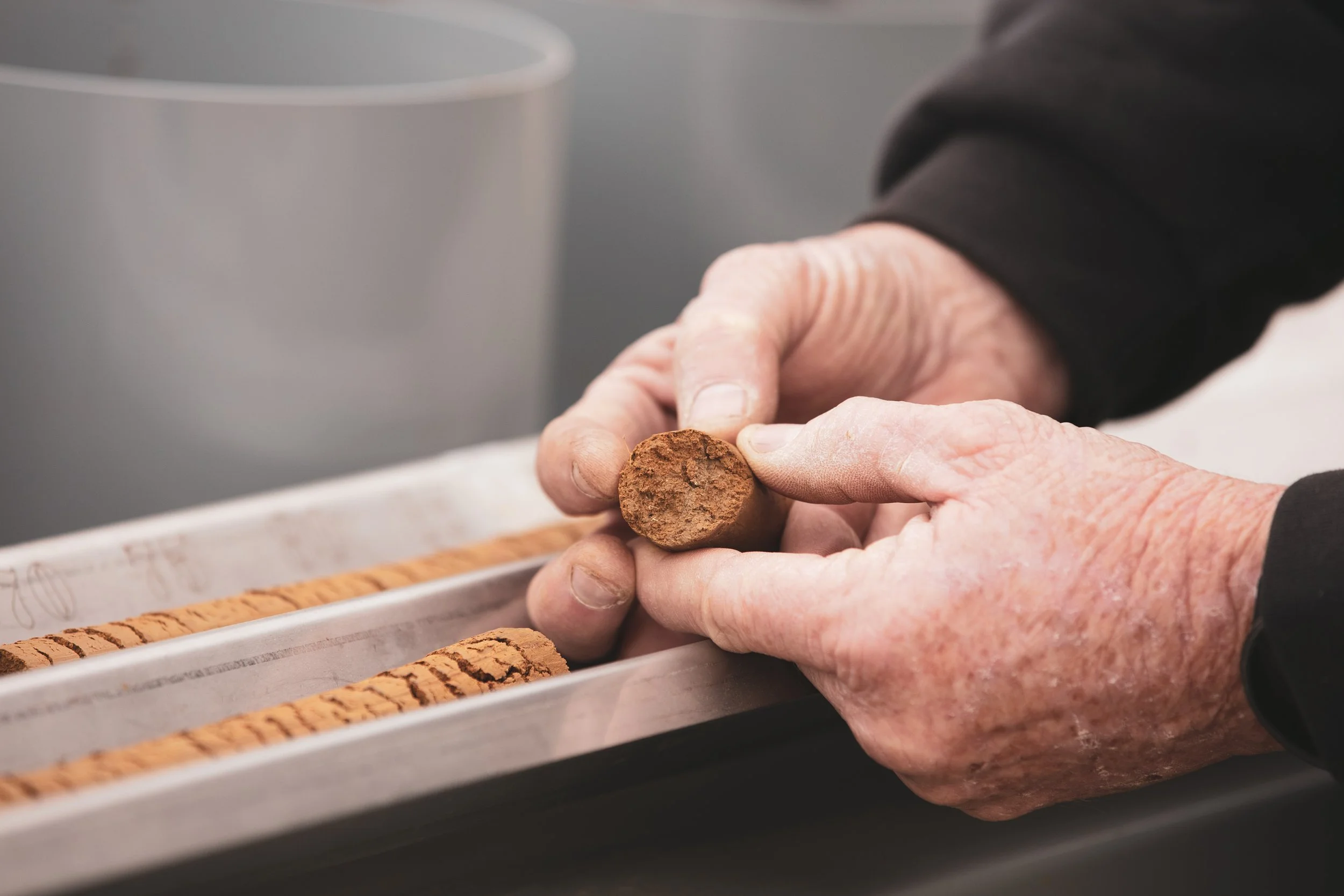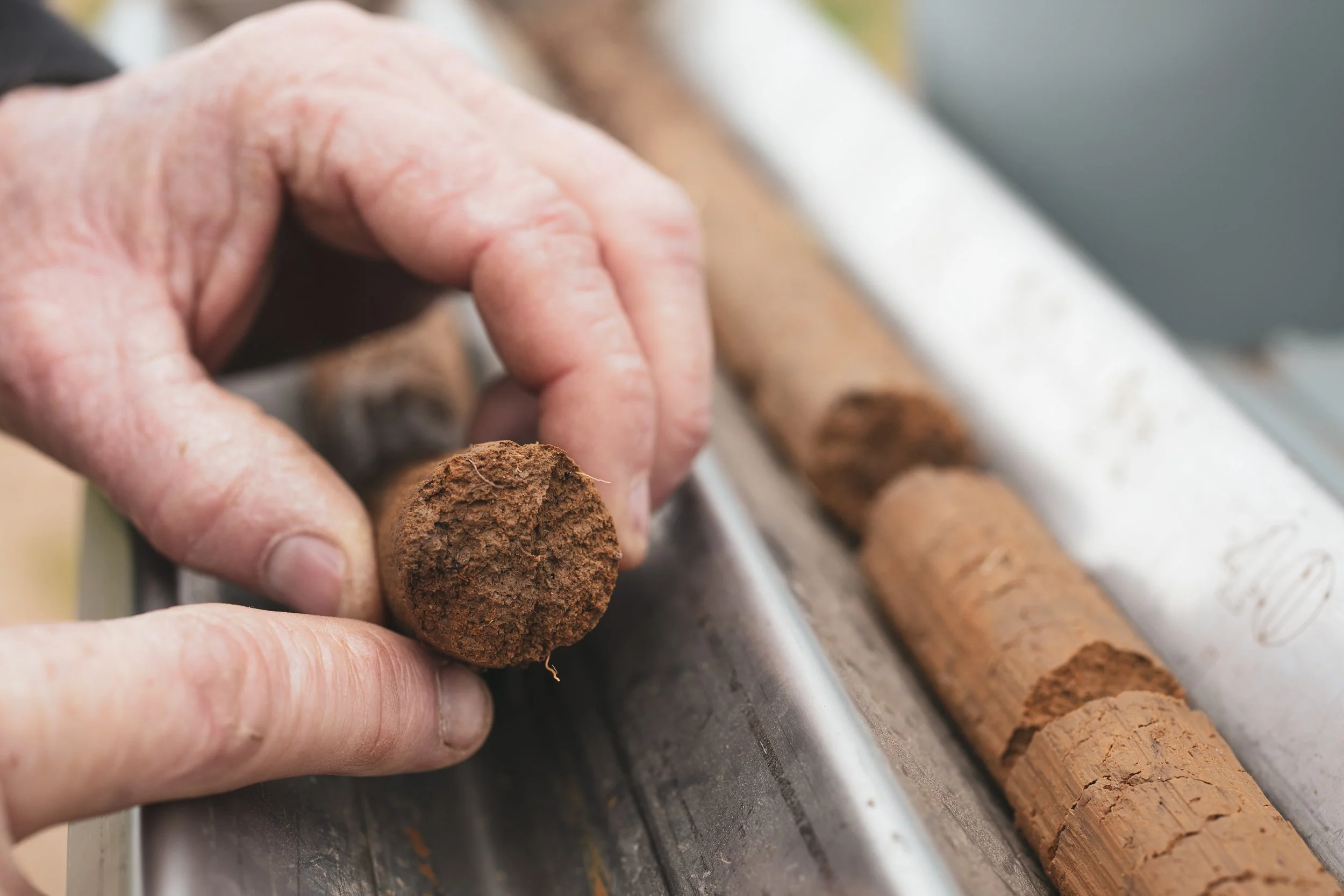Vic Hub South-East Node project update
Planning for spring and summer pasture resources is well underway in Gippsland. The Future Fodder Project – a program funded by the Future Drought Fund and facilitated by Gippsland Agri Group - has seen a number of events delivered so far, with more proposed for the remainder of this year.
Forage and fodder production are key drivers for beef and dairy outputs across the region, and proactive planning is critical to success. Drought and dry years can result in significant losses in pasture production (both grazed grass and pasture for storage as silage or hay) and considerable costs to the business.
Associated expenses include greater reliance on purchased-in feeds (such as grains or hay); future control of weeds with paddocks; or increased costs in pasture renovation.
One of the key issues faced by beef and dairy industries across the region is the onset of green drought.
A trial that explores the possibilities for increased topsoil is underway at Gippsland Research Farm.
Green drought: What are the impacts - and how can they be managed?
Green drought is where paddocks look green from a distance, however pasture growth has been substantially reduced by low rainfall and grass growth is impacted by weeds or poor soil conditions in paddocks. Soil compaction resulting from dry conditions can lead to decreased root activity and reduced forage production.
Green drought management projects underway include a trial which is investigating whether it’s possible to increase topsoil depth from 100mm to 300mm through different treatments, applied to a demonstration site at the Gippsland Research Farm. Conducted across three stages, the project will also seek to answer the question, “Can we double the water-holding capacity of our topsoil?”
With the help of a new soil coring trailer, extraction of soil cores to a depth of 1 metre forms the focus of a separate but complementary initiative, assisting local farmers understand what’s below the ground to help with decision making above the ground.
Soil cores are helping to inform on-farm decision-making for drought preparedness.
Recent funded projects by the Future Drought Fund provide a better understanding of rainfall projections for regions. Climate Services for Agriculture have an important farmer-focused tool (My Climate View) that allows primary producers to receive future rainfall predictions for their farm. This planning tool provides important information so farmers can balance out the risks associated with green drought.
Two impacts are easily identified for green drought; the first is a lack of pasture growth during the previous autumn and winter resulting in low pasture mass in spring. This scenario presents the need for earlier supplementation of stock as pasture resources decline in the later phase of spring and summer. The second impact is reduced growth when (or if) autumn rains occur, as green drought situations can be difficult to manage, with an elevated risk of over-grazing.
Samples up to 1m in length are providing information to farmers about what’s happening below ground level.
West Gippsland Catchment Management Authority adoption officer Sam Shannon is planning an event later this year in West Gippsland, which will focus on the unique challenges of drought in high rainfall areas.
“While South Gippsland and Baw Baw Shires are not typical locations that come to mind when we think about drought, their livestock grazing systems are set up around reliable rainfall, so when the tap turns off it can have a big impact in a short amount of time.
“Drought here can be deceiving with pasture often remaining green through prolonged dry periods, while beneath the surface soil moisture is insufficient for plant growth and there is no runoff to fill dams. It’s important to think about how you will manage your grazing business through these events, well before drought sets in.”
Fodder species root activity is detected at significant depth, using the soil coring trailer to extract samples.
Finally, there are other activities that are complementary to the Future Fodder Project and management of green drought. Our hub partners in north-eastern Victoria have been working on containment feeding for livestock. The combination of green drought and the impact of drought conditions in summer may result in limited options to feed livestock. Containment feeding is one option that is worthwhile investigating and planning for. Read more information about the Stock Containment Feeding Project.
Food & Fibre Gippsland is the South-East Node Lead for the Victoria Drought Resilience Adoption and Innovation Hub. For further information, please contact us via info@foodandfibregippsland.com.au.





